IFSM: An Iterative Feature Selection Mechanism for Few-Shot Image Classification
Chunhao Cai,
Minglei Yuan,
Tong Lu

Auto-TLDR; Iterative Feature Selection Mechanism for Few-Shot Learning
Similar papers
TAAN: Task-Aware Attention Network for Few-Shot Classification

Auto-TLDR; TAAN: Task-Aware Attention Network for Few-Shot Classification
Abstract Slides Poster Similar
MetaMix: Improved Meta-Learning with Interpolation-based Consistency Regularization
Yangbin Chen, Yun Ma, Tom Ko, Jianping Wang, Qing Li
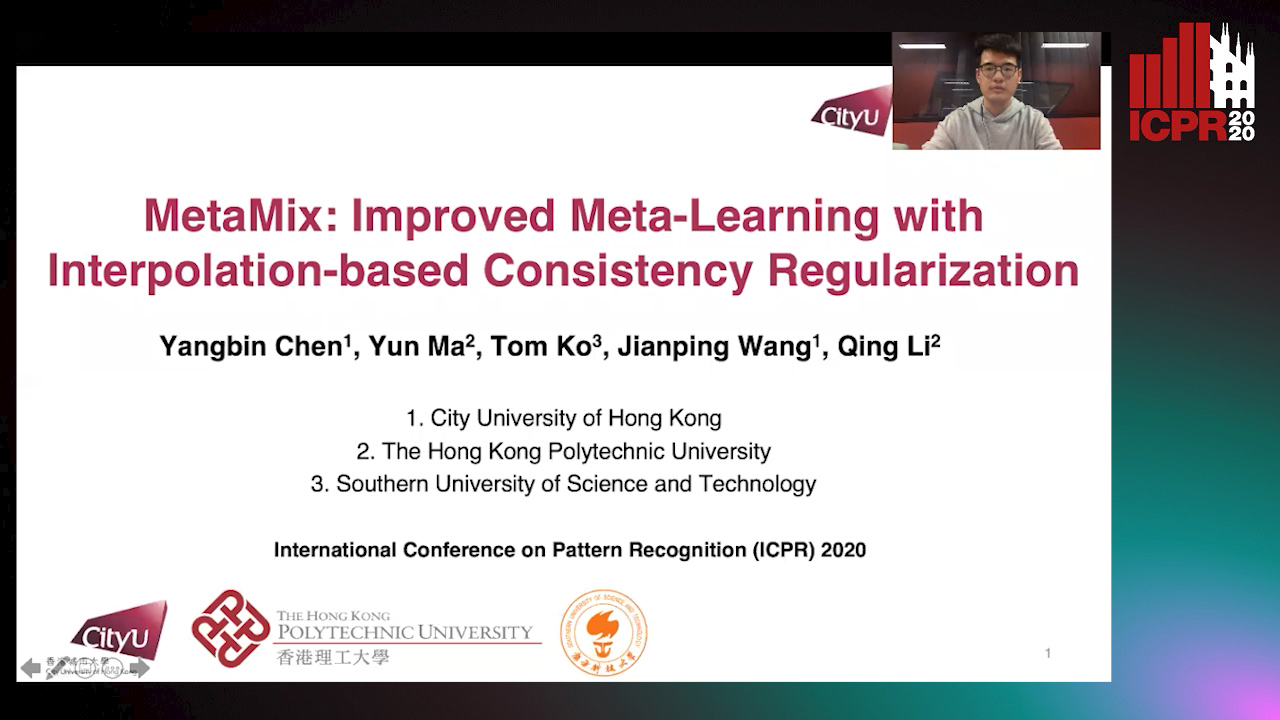
Auto-TLDR; MetaMix: A Meta-Agnostic Meta-Learning Algorithm for Few-Shot Classification
Abstract Slides Poster Similar
Complementing Representation Deficiency in Few-Shot Image Classification: A Meta-Learning Approach
Xian Zhong, Cheng Gu, Wenxin Huang, Lin Li, Shuqin Chen, Chia-Wen Lin

Auto-TLDR; Meta-learning with Complementary Representations Network for Few-Shot Learning
Abstract Slides Poster Similar
Meta Generalized Network for Few-Shot Classification
Wei Wu, Shanmin Pang, Zhiqiang Tian, Yaochen Li

Auto-TLDR; Meta Generalized Network for Few-Shot Classification
Local Propagation for Few-Shot Learning
Yann Lifchitz, Yannis Avrithis, Sylvaine Picard
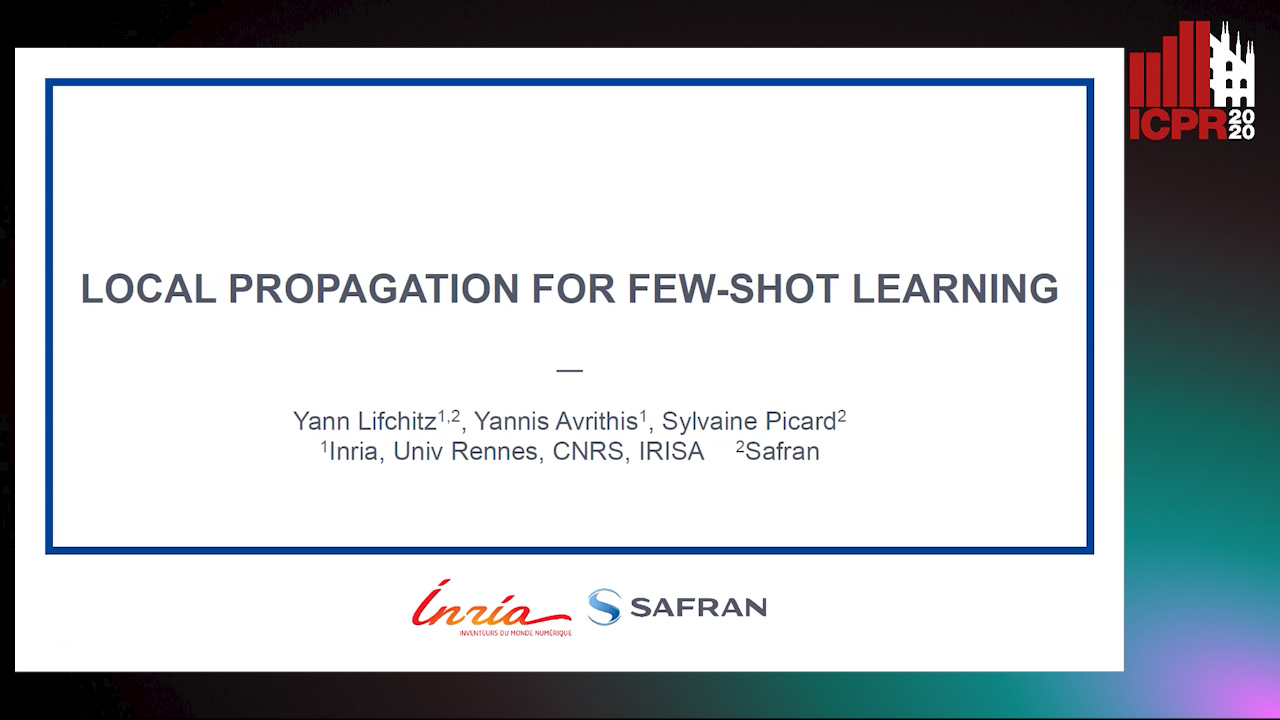
Auto-TLDR; Local Propagation for Few-Shot Inference
Abstract Slides Poster Similar
Graph-Based Interpolation of Feature Vectors for Accurate Few-Shot Classification
Yuqing Hu, Vincent Gripon, Stéphane Pateux

Auto-TLDR; Transductive Learning for Few-Shot Classification using Graph Neural Networks
Abstract Slides Poster Similar
Multiscale Attention-Based Prototypical Network for Few-Shot Semantic Segmentation
Yifei Zhang, Desire Sidibe, Olivier Morel, Fabrice Meriaudeau

Auto-TLDR; Few-shot Semantic Segmentation with Multiscale Feature Attention
Augmented Bi-Path Network for Few-Shot Learning
Baoming Yan, Chen Zhou, Bo Zhao, Kan Guo, Yang Jiang, Xiaobo Li, Zhang Ming, Yizhou Wang
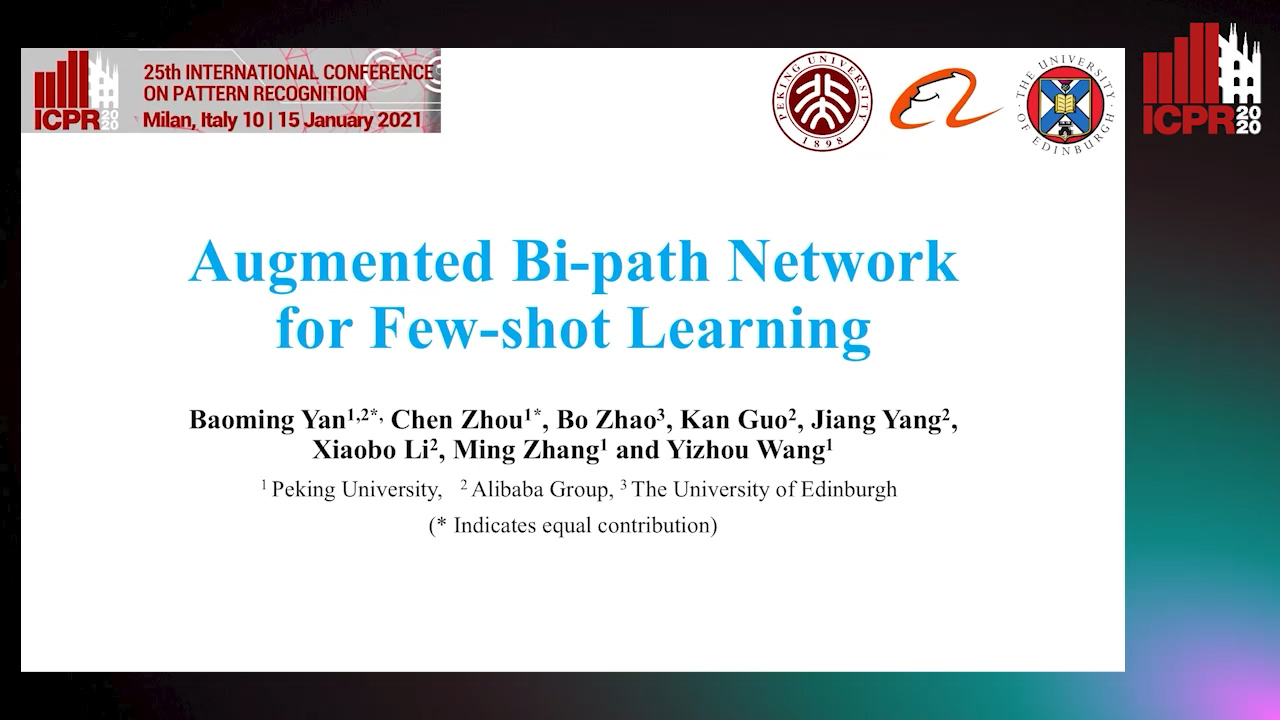
Auto-TLDR; Augmented Bi-path Network for Few-shot Learning
Abstract Slides Poster Similar
Few-Shot Learning Based on Metric Learning Using Class Augmentation
Susumu Matsumi, Keiichi Yamada
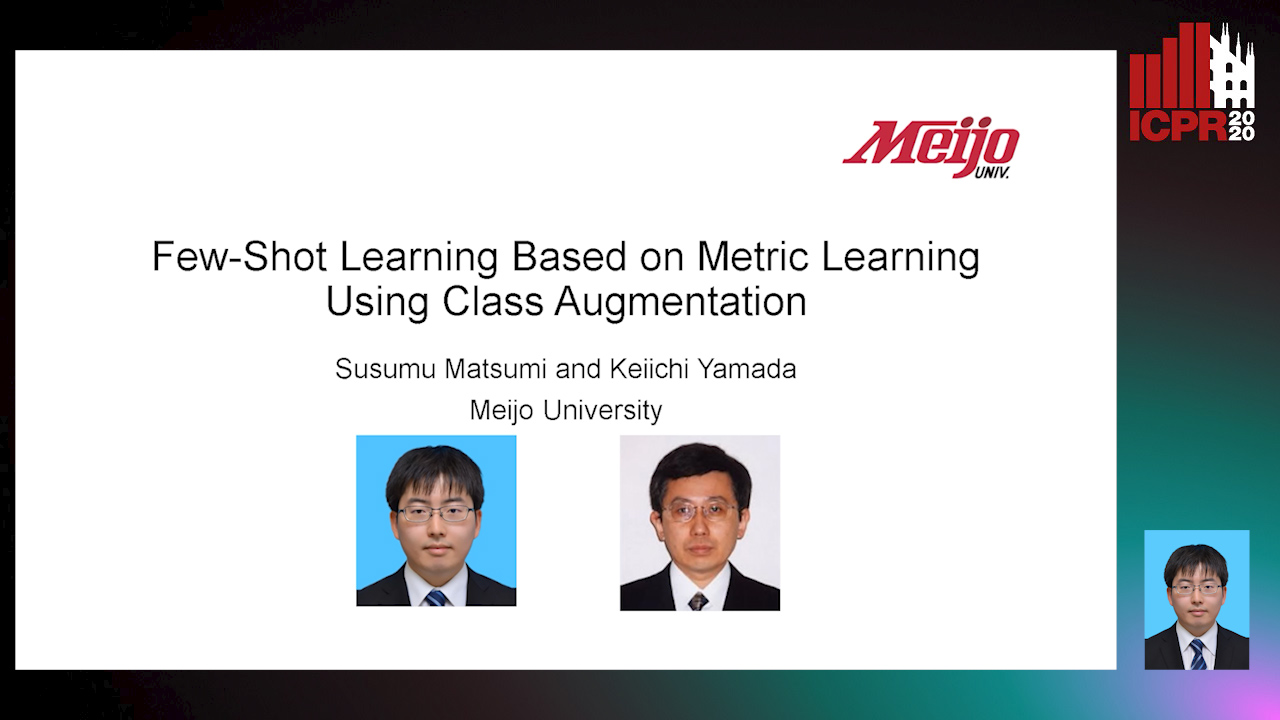
Auto-TLDR; Metric Learning for Few-shot Learning
Abstract Slides Poster Similar
Explanation-Guided Training for Cross-Domain Few-Shot Classification
Jiamei Sun, Sebastian Lapuschkin, Wojciech Samek, Yunqing Zhao, Ngai-Man Cheung, Alexander Binder
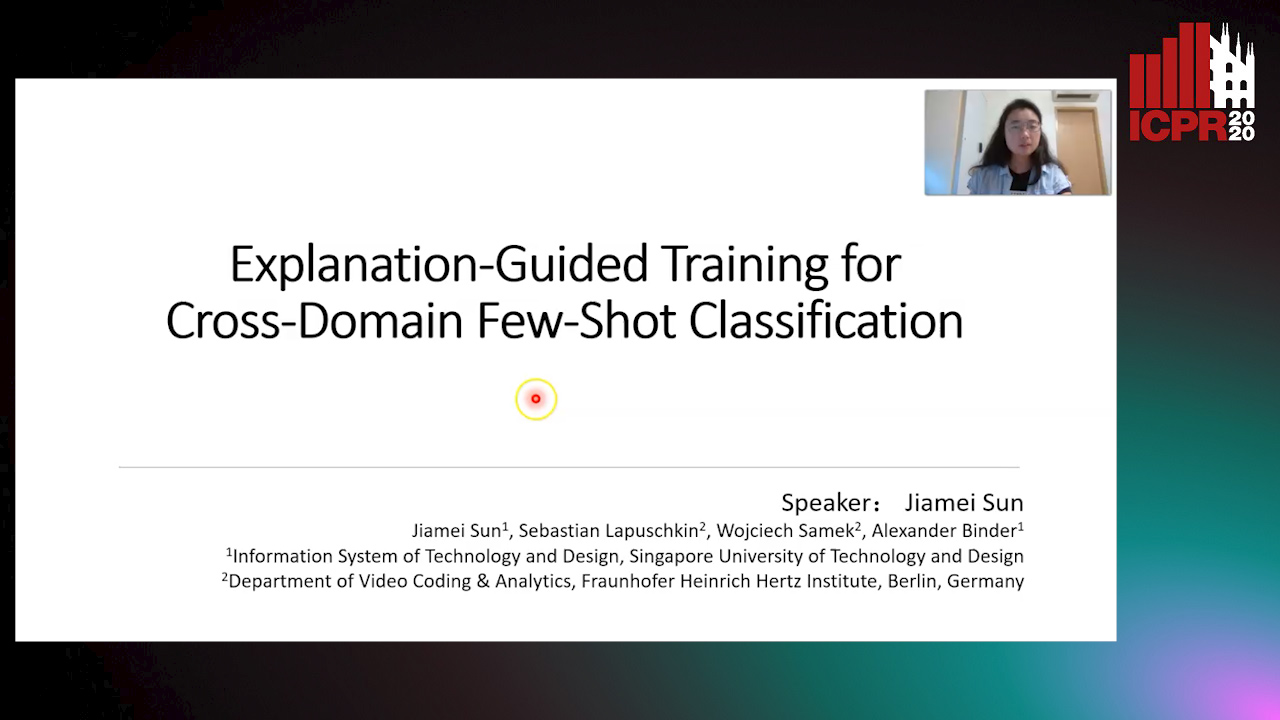
Auto-TLDR; Explaination-Guided Training for Cross-Domain Few-Shot Classification
Abstract Slides Poster Similar
Few-Shot Few-Shot Learning and the Role of Spatial Attention
Yann Lifchitz, Yannis Avrithis, Sylvaine Picard
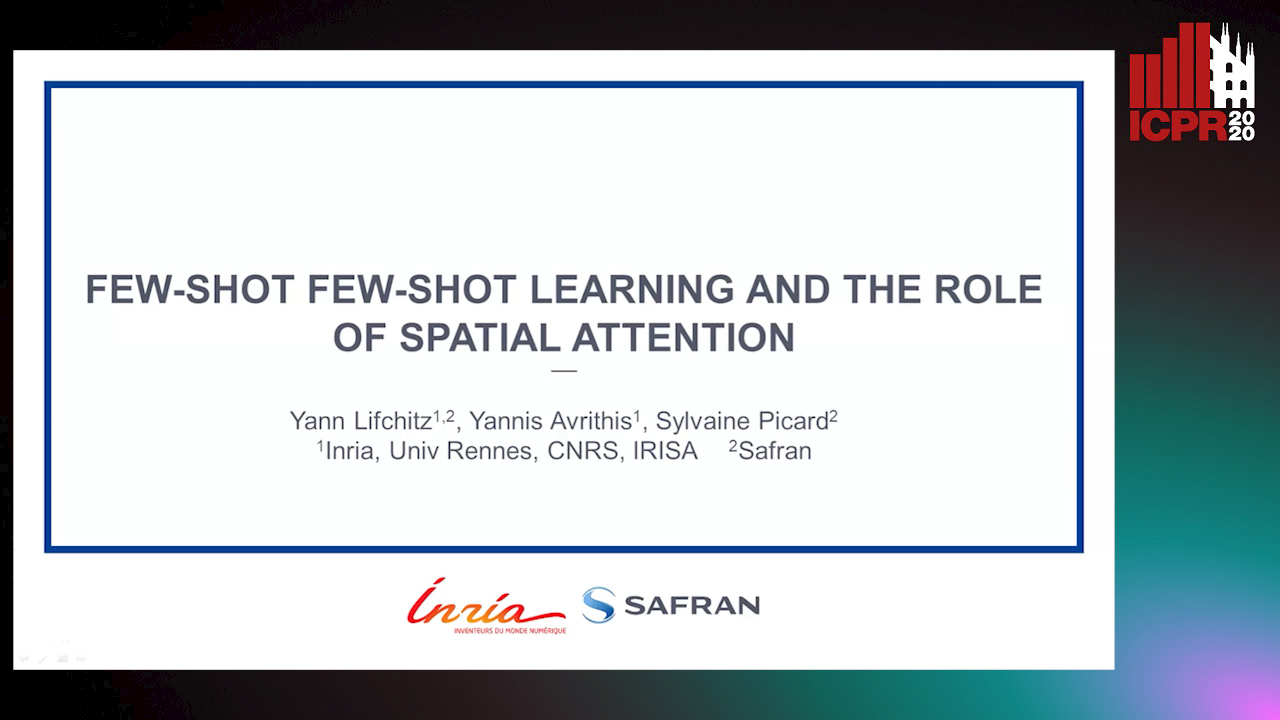
Auto-TLDR; Few-shot Learning with Pre-trained Classifier on Large-Scale Datasets
Abstract Slides Poster Similar
Incorporating Depth Information into Few-Shot Semantic Segmentation
Yifei Zhang, Desire Sidibe, Olivier Morel, Fabrice Meriaudeau

Auto-TLDR; RDNet: A Deep Neural Network for Few-shot Segmentation Using Depth Information
Abstract Slides Poster Similar
Task-based Focal Loss for Adversarially Robust Meta-Learning
Yufan Hou, Lixin Zou, Weidong Liu

Auto-TLDR; Task-based Adversarial Focal Loss for Few-shot Meta-Learner
Abstract Slides Poster Similar
Pose-Robust Face Recognition by Deep Meta Capsule Network-Based Equivariant Embedding
Fangyu Wu, Jeremy Simon Smith, Wenjin Lu, Bailing Zhang

Auto-TLDR; Deep Meta Capsule Network-based Equivariant Embedding Model for Pose-Robust Face Recognition
A Self-Supervised GAN for Unsupervised Few-Shot Object Recognition
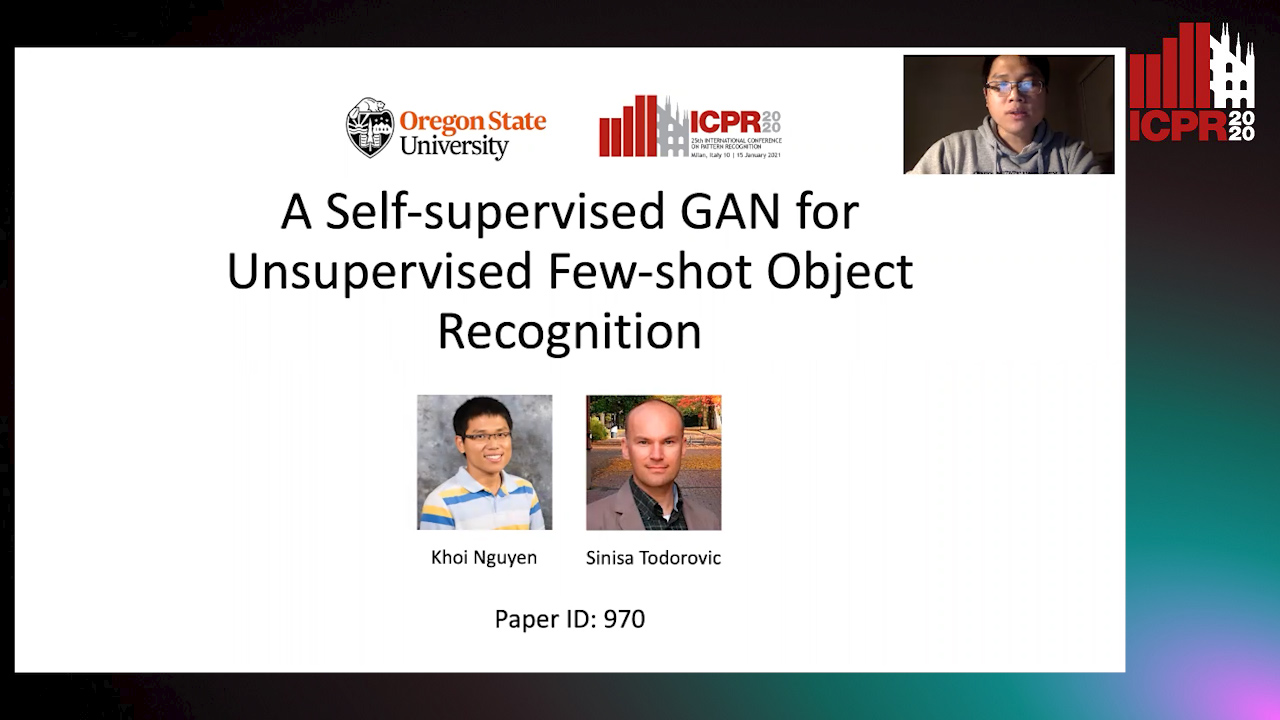
Auto-TLDR; Self-supervised Few-Shot Object Recognition with a Triplet GAN
Abstract Slides Poster Similar
Open Set Domain Recognition Via Attention-Based GCN and Semantic Matching Optimization
Xinxing He, Yuan Yuan, Zhiyu Jiang

Auto-TLDR; Attention-based GCN and Semantic Matching Optimization for Open Set Domain Recognition
Abstract Slides Poster Similar
Is the Meta-Learning Idea Able to Improve the Generalization of Deep Neural Networks on the Standard Supervised Learning?
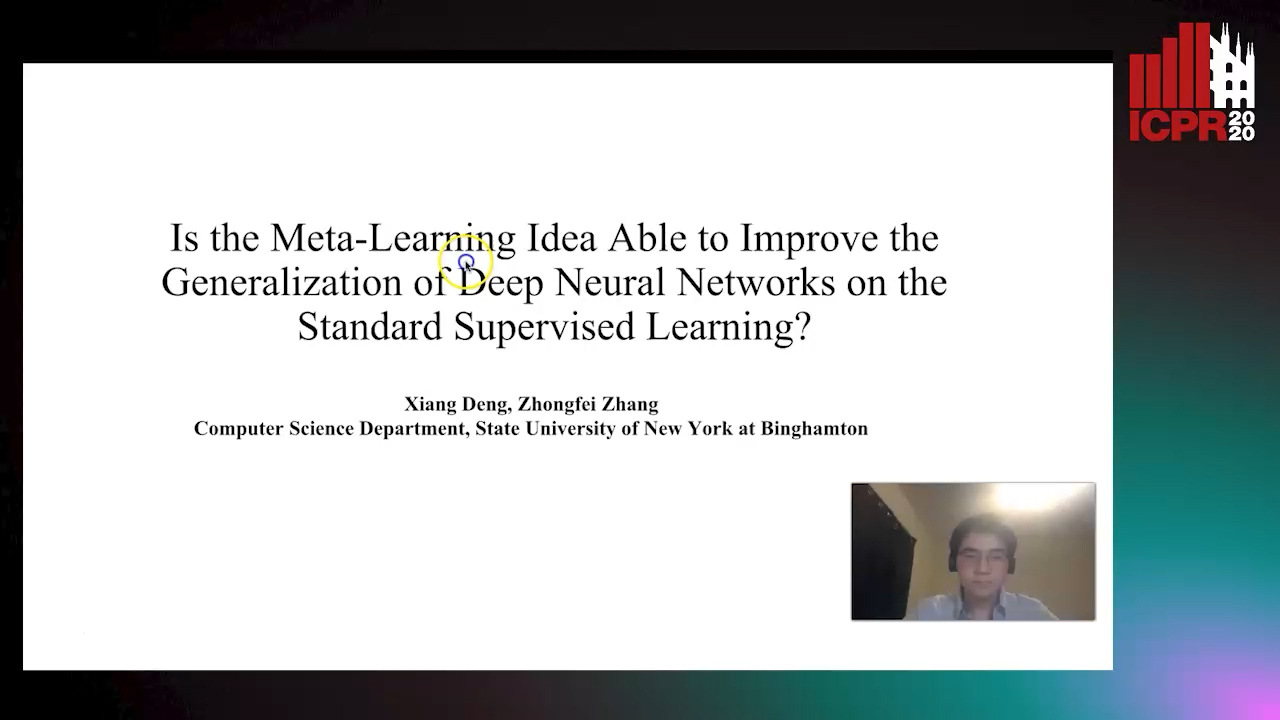
Auto-TLDR; Meta-learning Based Training of Deep Neural Networks for Few-Shot Learning
Abstract Slides Poster Similar
Semantics to Space(S2S): Embedding Semantics into Spatial Space for Zero-Shot Verb-Object Query Inferencing
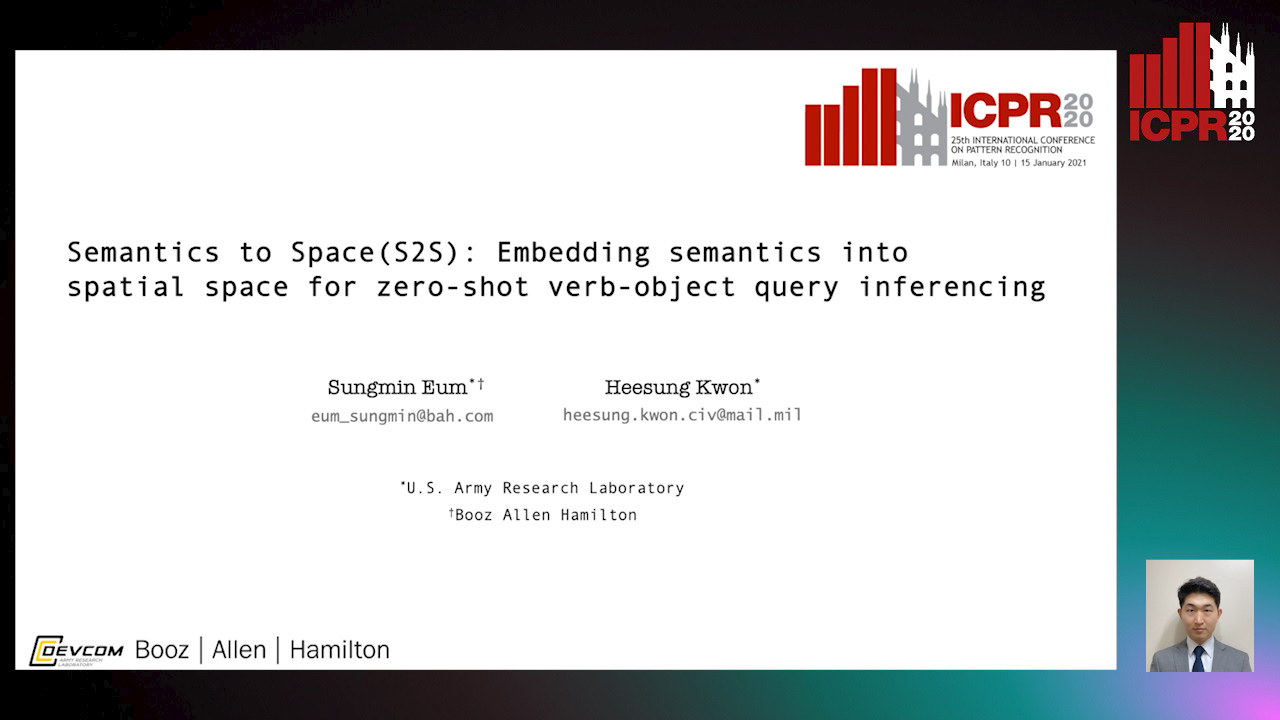
Auto-TLDR; Semantics-to-Space: Deep Zero-Shot Learning for Verb-Object Interaction with Vectors
Abstract Slides Poster Similar
Attention Based Multi-Instance Thyroid Cytopathological Diagnosis with Multi-Scale Feature Fusion
Shuhao Qiu, Yao Guo, Chuang Zhu, Wenli Zhou, Huang Chen
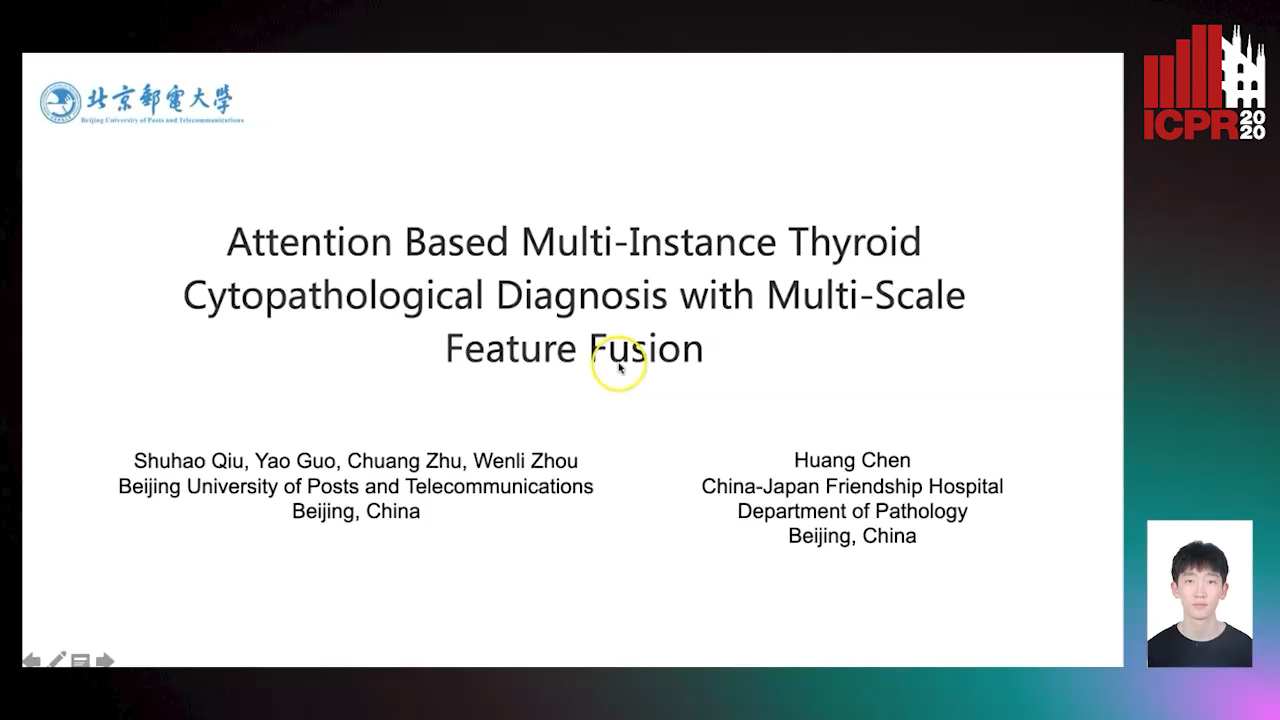
Auto-TLDR; A weakly supervised multi-instance learning framework based on attention mechanism with multi-scale feature fusion for thyroid cytopathological diagnosis
Abstract Slides Poster Similar
Learning a Dynamic High-Resolution Network for Multi-Scale Pedestrian Detection
Mengyuan Ding, Shanshan Zhang, Jian Yang
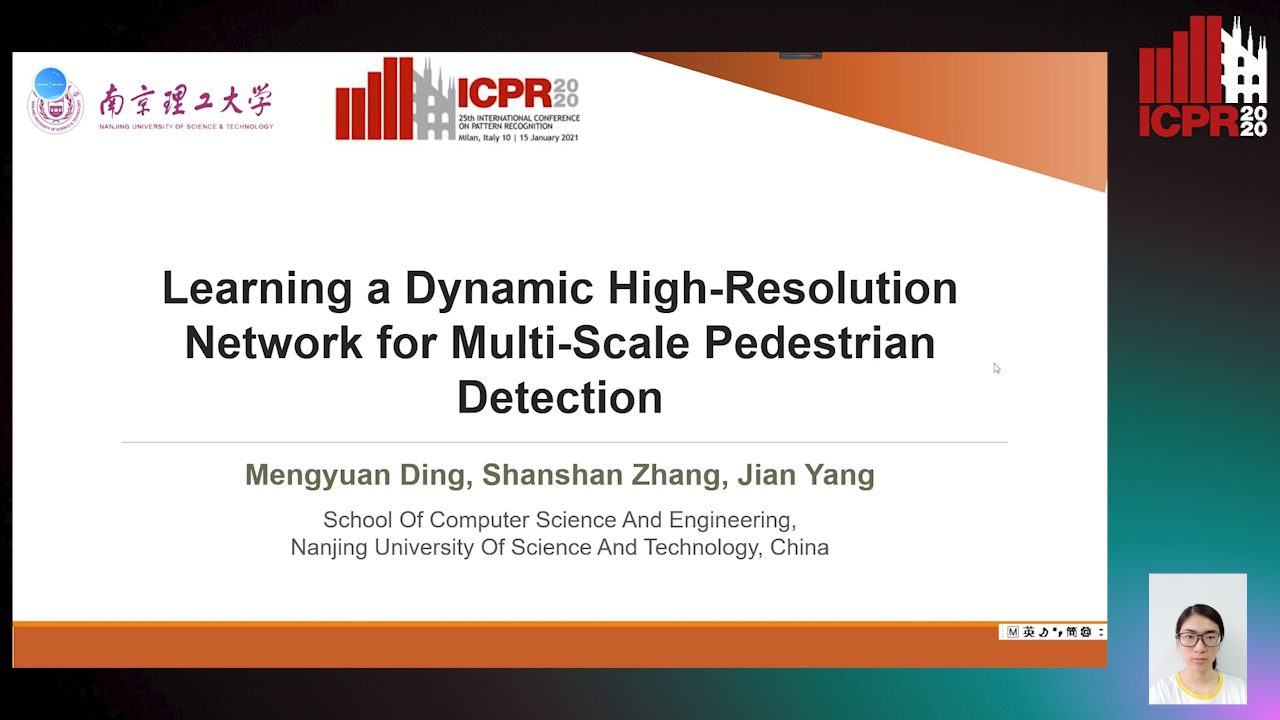
Auto-TLDR; Learningable Dynamic HRNet for Pedestrian Detection
Abstract Slides Poster Similar
Image Representation Learning by Transformation Regression
Xifeng Guo, Jiyuan Liu, Sihang Zhou, En Zhu, Shihao Dong

Auto-TLDR; Self-supervised Image Representation Learning using Continuous Parameter Prediction
Abstract Slides Poster Similar
Large-Scale Historical Watermark Recognition: Dataset and a New Consistency-Based Approach
Xi Shen, Ilaria Pastrolin, Oumayma Bounou, Spyros Gidaris, Marc Smith, Olivier Poncet, Mathieu Aubry

Auto-TLDR; Historical Watermark Recognition with Fine-Grained Cross-Domain One-Shot Instance Recognition
Abstract Slides Poster Similar
Feature-Dependent Cross-Connections in Multi-Path Neural Networks
Dumindu Tissera, Kasun Vithanage, Rukshan Wijesinghe, Kumara Kahatapitiya, Subha Fernando, Ranga Rodrigo

Auto-TLDR; Multi-path Networks for Adaptive Feature Extraction
Abstract Slides Poster Similar
Directed Variational Cross-encoder Network for Few-Shot Multi-image Co-segmentation
Sayan Banerjee, Divakar Bhat S, Subhasis Chaudhuri, Rajbabu Velmurugan

Auto-TLDR; Directed Variational Inference Cross Encoder for Class Agnostic Co-Segmentation of Multiple Images
Abstract Slides Poster Similar
Norm Loss: An Efficient yet Effective Regularization Method for Deep Neural Networks
Theodoros Georgiou, Sebastian Schmitt, Thomas Baeck, Wei Chen, Michael Lew

Auto-TLDR; Weight Soft-Regularization with Oblique Manifold for Convolutional Neural Network Training
Abstract Slides Poster Similar
Initialization Using Perlin Noise for Training Networks with a Limited Amount of Data
Nakamasa Inoue, Eisuke Yamagata, Hirokatsu Kataoka

Auto-TLDR; Network Initialization Using Perlin Noise for Image Classification
Abstract Slides Poster Similar
Heterogeneous Graph-Based Knowledge Transfer for Generalized Zero-Shot Learning
Junjie Wang, Xiangfeng Wang, Bo Jin, Junchi Yan, Wenjie Zhang, Hongyuan Zha

Auto-TLDR; Heterogeneous Graph-based Knowledge Transfer for Generalized Zero-Shot Learning
Abstract Slides Poster Similar
A Few-Shot Learning Approach for Historical Ciphered Manuscript Recognition
Mohamed Ali Souibgui, Alicia Fornés, Yousri Kessentini, Crina Tudor

Auto-TLDR; Handwritten Ciphers Recognition Using Few-Shot Object Detection
Feature Fusion for Online Mutual Knowledge Distillation
Jangho Kim, Minsung Hyun, Inseop Chung, Nojun Kwak

Auto-TLDR; Feature Fusion Learning Using Fusion of Sub-Networks
Abstract Slides Poster Similar
Multi-Attribute Learning with Highly Imbalanced Data
Lady Viviana Beltran Beltran, Mickaël Coustaty, Nicholas Journet, Juan C. Caicedo, Antoine Doucet
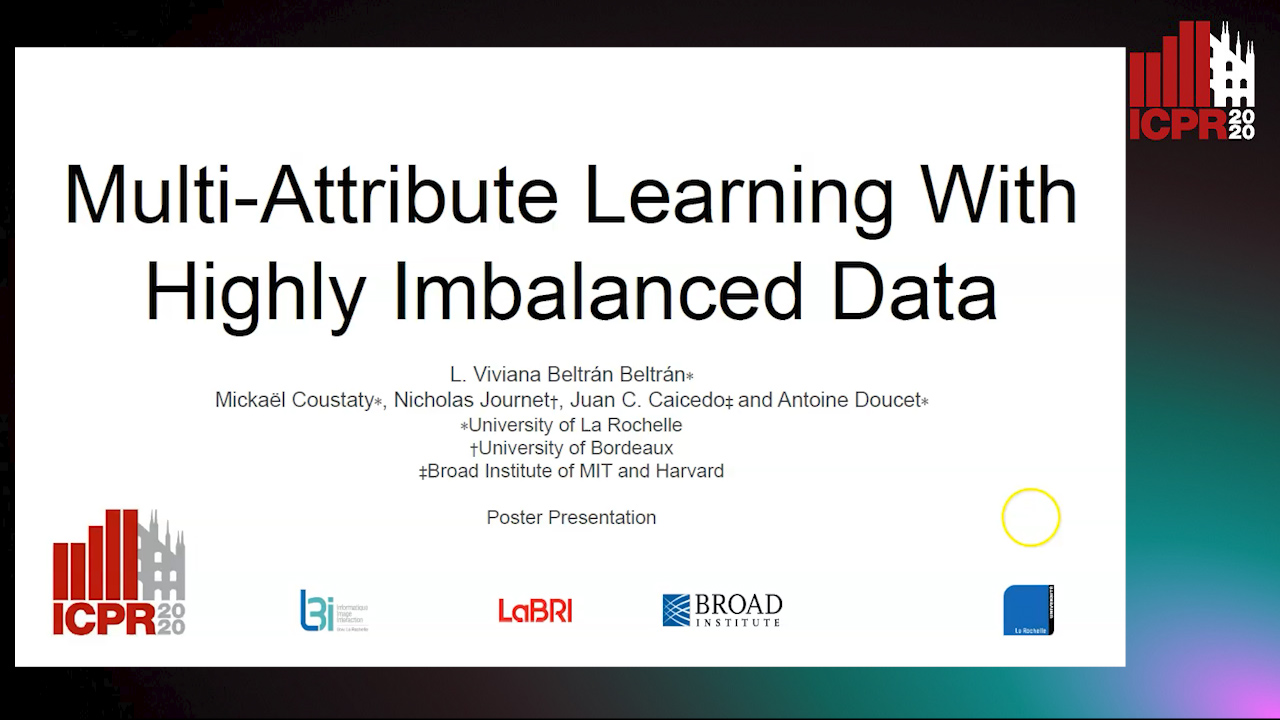
Auto-TLDR; Data Imbalance in Multi-Attribute Deep Learning Models: Adaptation to face each one of the problems derived from imbalance
Abstract Slides Poster Similar
Parallel Network to Learn Novelty from the Known
Shuaiyuan Du, Chaoyi Hong, Zhiyu Pan, Chen Feng, Zhiguo Cao

Auto-TLDR; Trainable Parallel Network for Pseudo-Novel Detection
Abstract Slides Poster Similar
Contextual Classification Using Self-Supervised Auxiliary Models for Deep Neural Networks
Sebastian Palacio, Philipp Engler, Jörn Hees, Andreas Dengel
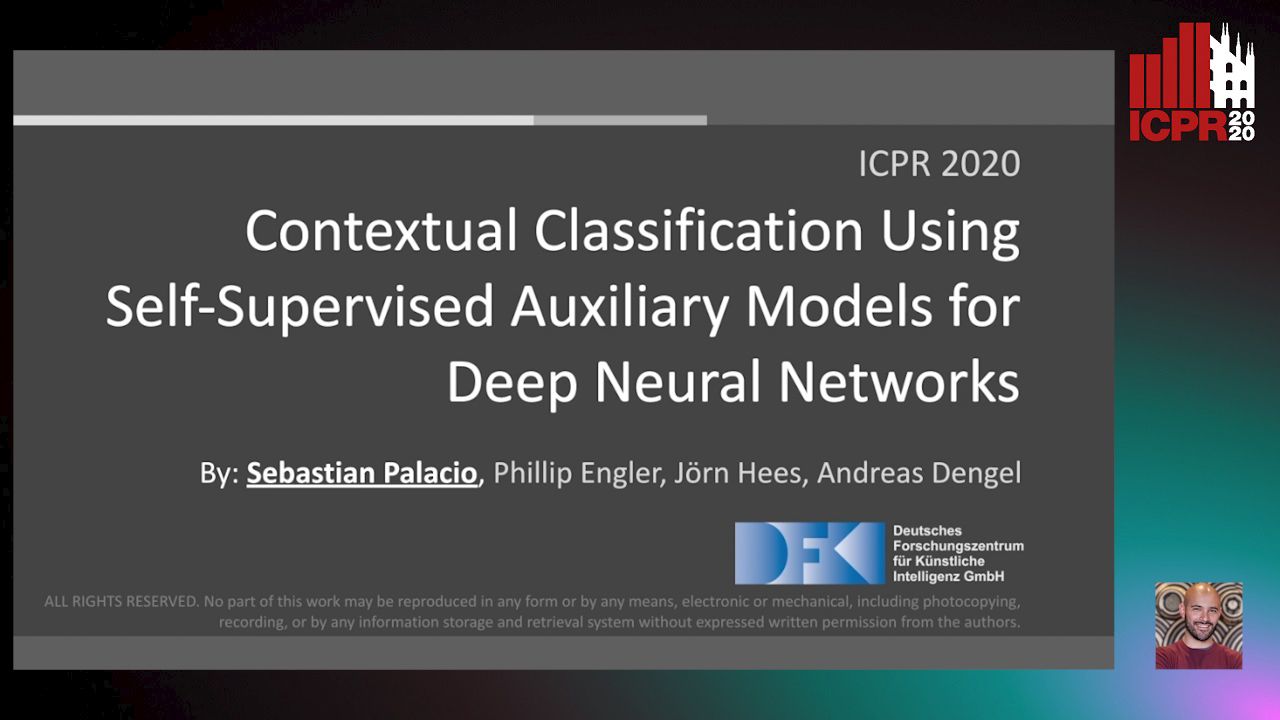
Auto-TLDR; Self-Supervised Autogenous Learning for Deep Neural Networks
Abstract Slides Poster Similar
ARCADe: A Rapid Continual Anomaly Detector
Ahmed Frikha, Denis Krompass, Volker Tresp

Auto-TLDR; ARCADe: A Meta-Learning Approach for Continuous Anomaly Detection
Abstract Slides Poster Similar
Generalized Local Attention Pooling for Deep Metric Learning
Carlos Roig Mari, David Varas, Issey Masuda, Juan Carlos Riveiro, Elisenda Bou-Balust

Auto-TLDR; Generalized Local Attention Pooling for Deep Metric Learning
Abstract Slides Poster Similar
Bidirectional Matrix Feature Pyramid Network for Object Detection

Auto-TLDR; BMFPN: Bidirectional Matrix Feature Pyramid Network for Object Detection
Abstract Slides Poster Similar
Revisiting Graph Neural Networks: Graph Filtering Perspective
Hoang Nguyen-Thai, Takanori Maehara, Tsuyoshi Murata
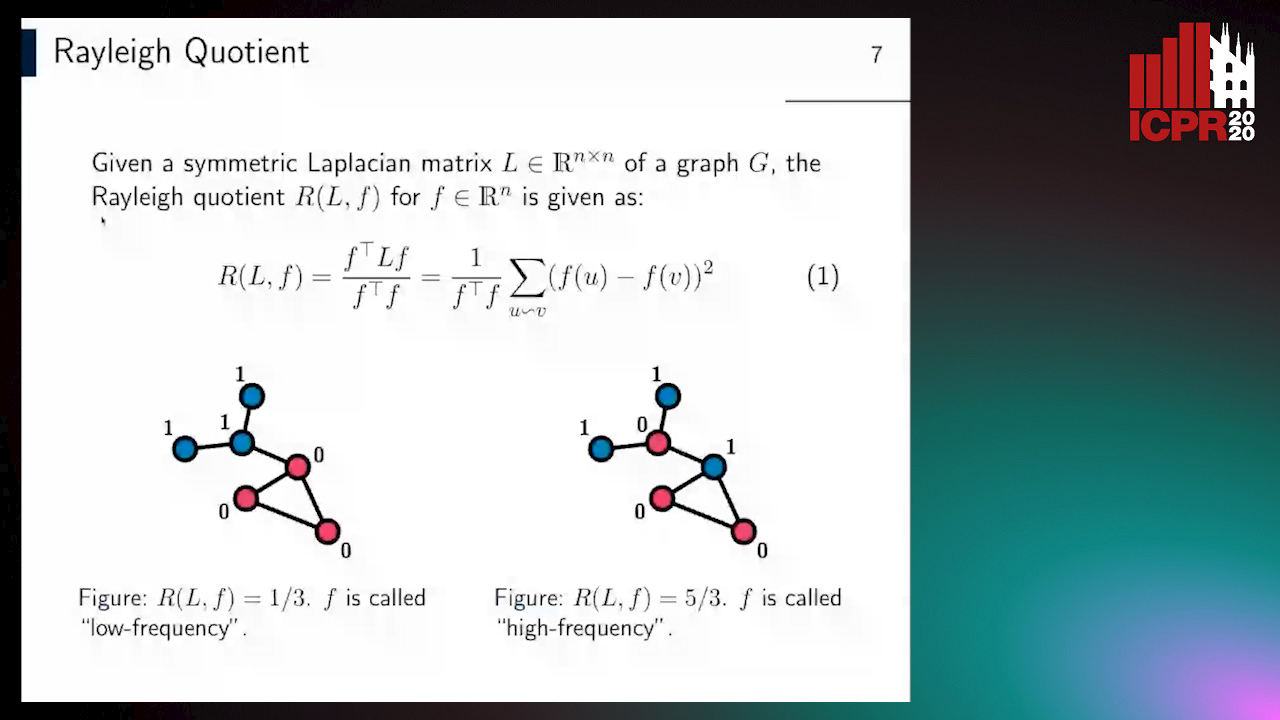
Auto-TLDR; Two-Layers Graph Convolutional Network with Graph Filters Neural Network
Abstract Slides Poster Similar
Multi-Order Feature Statistical Model for Fine-Grained Visual Categorization
Qingtao Wang, Ke Zhang, Shaoli Huang, Lianbo Zhang, Jin Fan
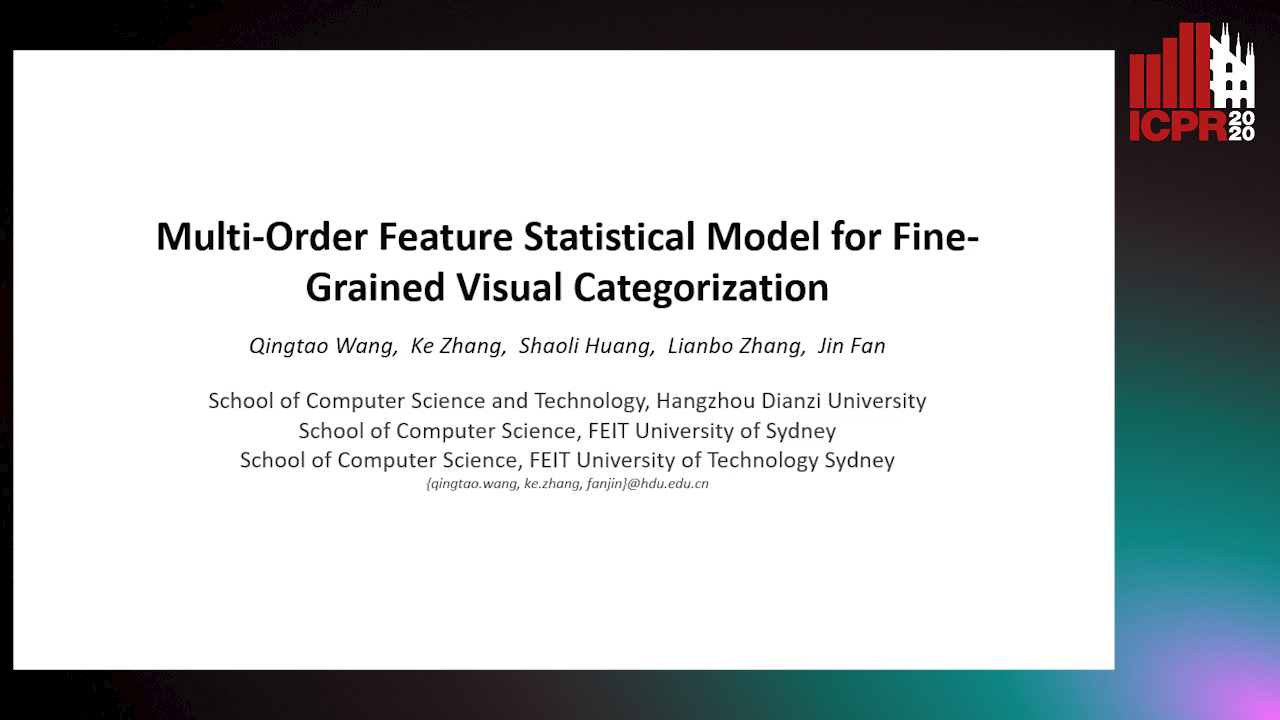
Auto-TLDR; Multi-Order Feature Statistical Method for Fine-Grained Visual Categorization
Abstract Slides Poster Similar
Hierarchically Aggregated Residual Transformation for Single Image Super Resolution

Auto-TLDR; HARTnet: Hierarchically Aggregated Residual Transformation for Multi-Scale Super-resolution
Abstract Slides Poster Similar
SFPN: Semantic Feature Pyramid Network for Object Detection
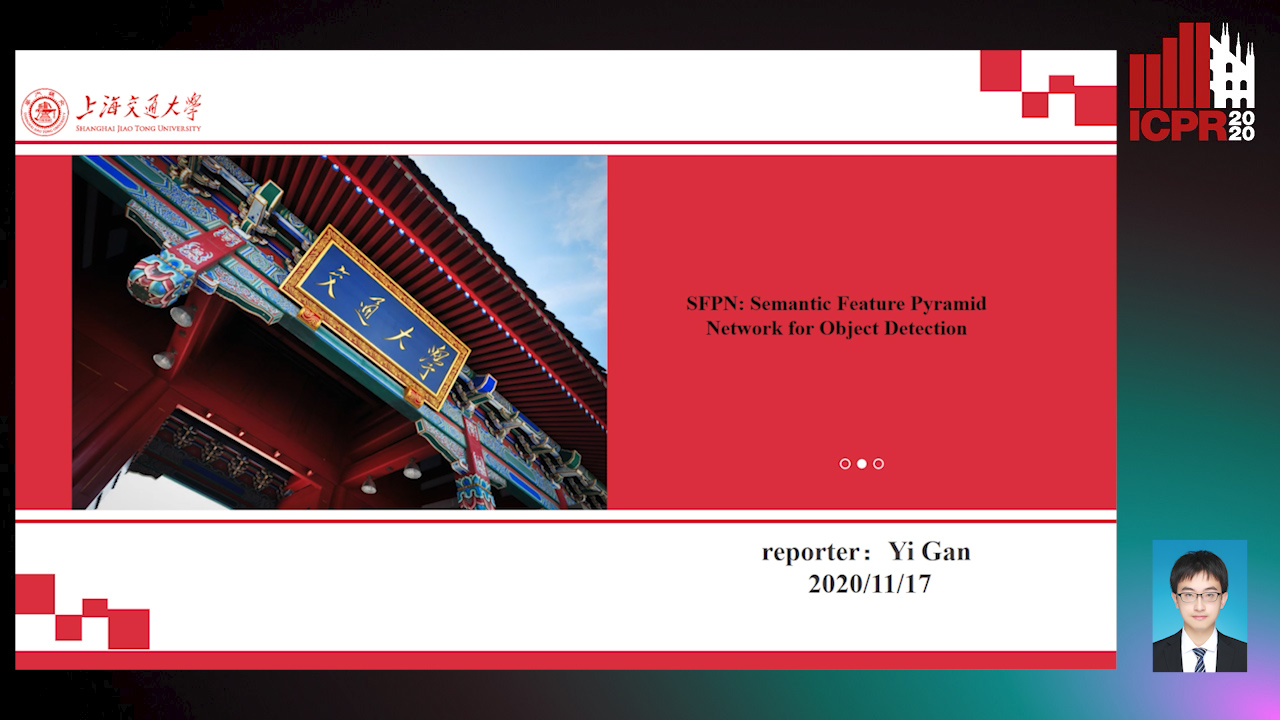
Auto-TLDR; SFPN: Semantic Feature Pyramid Network to Address Information Dilution Issue in FPN
Abstract Slides Poster Similar
Not 3D Re-ID: Simple Single Stream 2D Convolution for Robust Video Re-Identification

Auto-TLDR; ResNet50-IBN for Video-based Person Re-Identification using Single Stream 2D Convolution Network
Abstract Slides Poster Similar
Prior Knowledge about Attributes: Learning a More Effective Potential Space for Zero-Shot Recognition

Auto-TLDR; Attribute Correlation Potential Space Generation for Zero-Shot Learning
Abstract Slides Poster Similar
Slimming ResNet by Slimming Shortcut
Donggyu Joo, Doyeon Kim, Junmo Kim
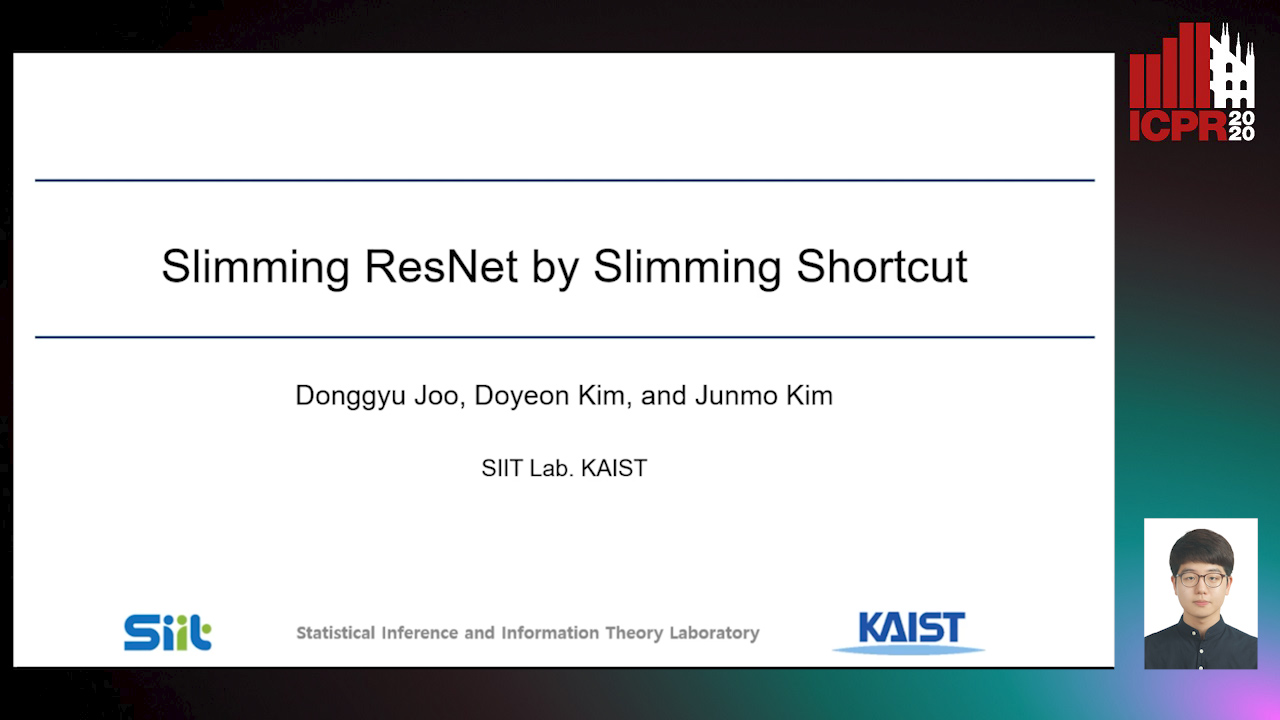
Auto-TLDR; SSPruning: Slimming Shortcut Pruning on ResNet Based Networks
Abstract Slides Poster Similar
P-DIFF: Learning Classifier with Noisy Labels Based on Probability Difference Distributions
Wei Hu, Qihao Zhao, Yangyu Huang, Fan Zhang

Auto-TLDR; P-DIFF: A Simple and Effective Training Paradigm for Deep Neural Network Classifier with Noisy Labels
Abstract Slides Poster Similar
Recognizing Bengali Word Images - A Zero-Shot Learning Perspective
Sukalpa Chanda, Daniël Arjen Willem Haitink, Prashant Kumar Prasad, Jochem Baas, Umapada Pal, Lambert Schomaker
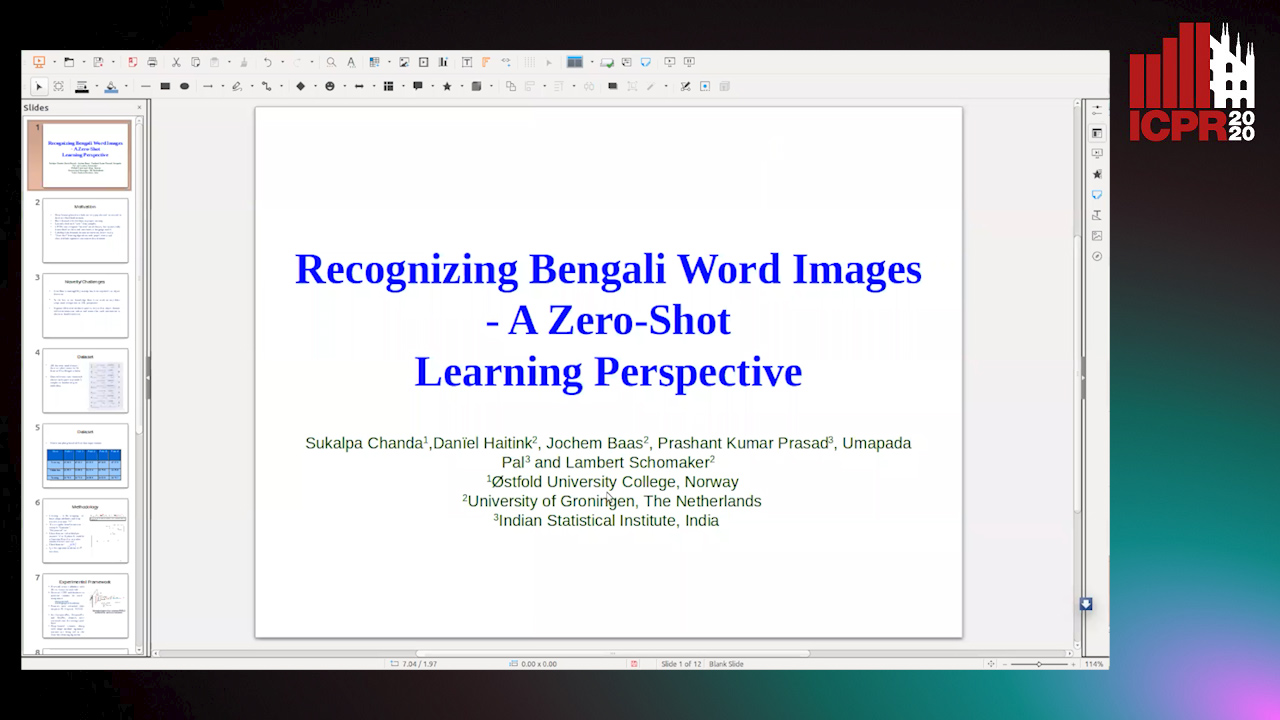
Auto-TLDR; Zero-Shot Learning for Word Recognition in Bengali Script
Abstract Slides Poster Similar
Video Representation Fusion Network For Multi-Label Movie Genre Classification
Tianyu Bi, Dmitri Jarnikov, Johan Lukkien

Auto-TLDR; A Video Representation Fusion Network for Movie Genre Classification
Abstract Slides Poster Similar
Dynamic Multi-Path Neural Network
Yingcheng Su, Yichao Wu, Ken Chen, Ding Liang, Xiaolin Hu
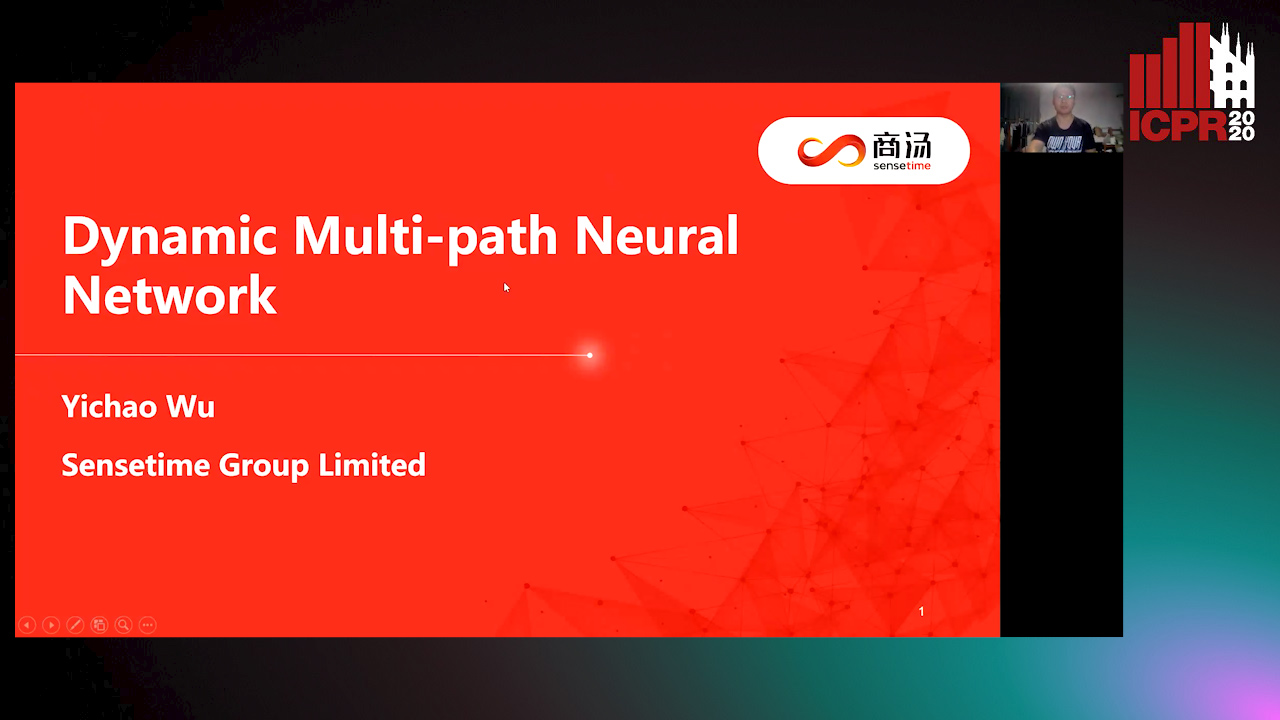
Auto-TLDR; Dynamic Multi-path Neural Network
Learnable Higher-Order Representation for Action Recognition

Auto-TLDR; Learningable Higher-Order Operations for Spatiotemporal Dynamics in Video Recognition
What Nodes Vote To? Graph Classification without Readout Phase
Yuxing Tian, Zheng Liu, Weiding Liu, Zeyu Zhang, Yanwen Qu
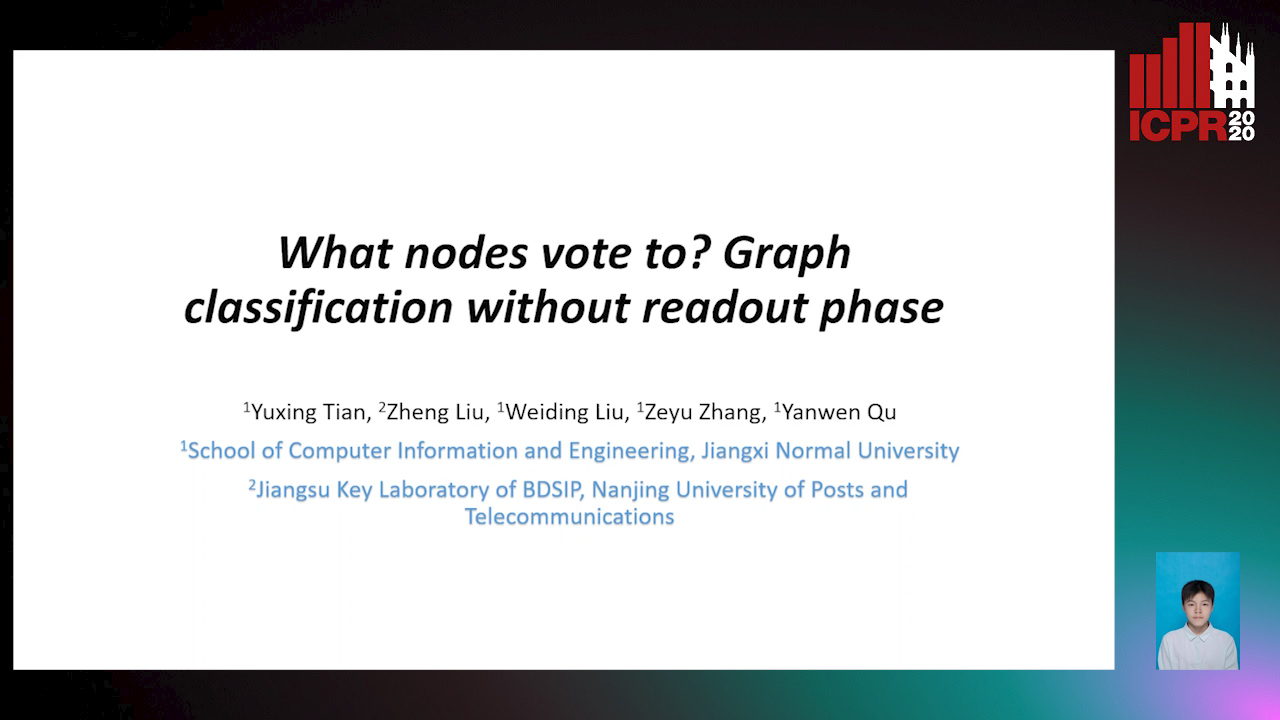
Auto-TLDR; node voting based graph classification with convolutional operator
Abstract Slides Poster Similar